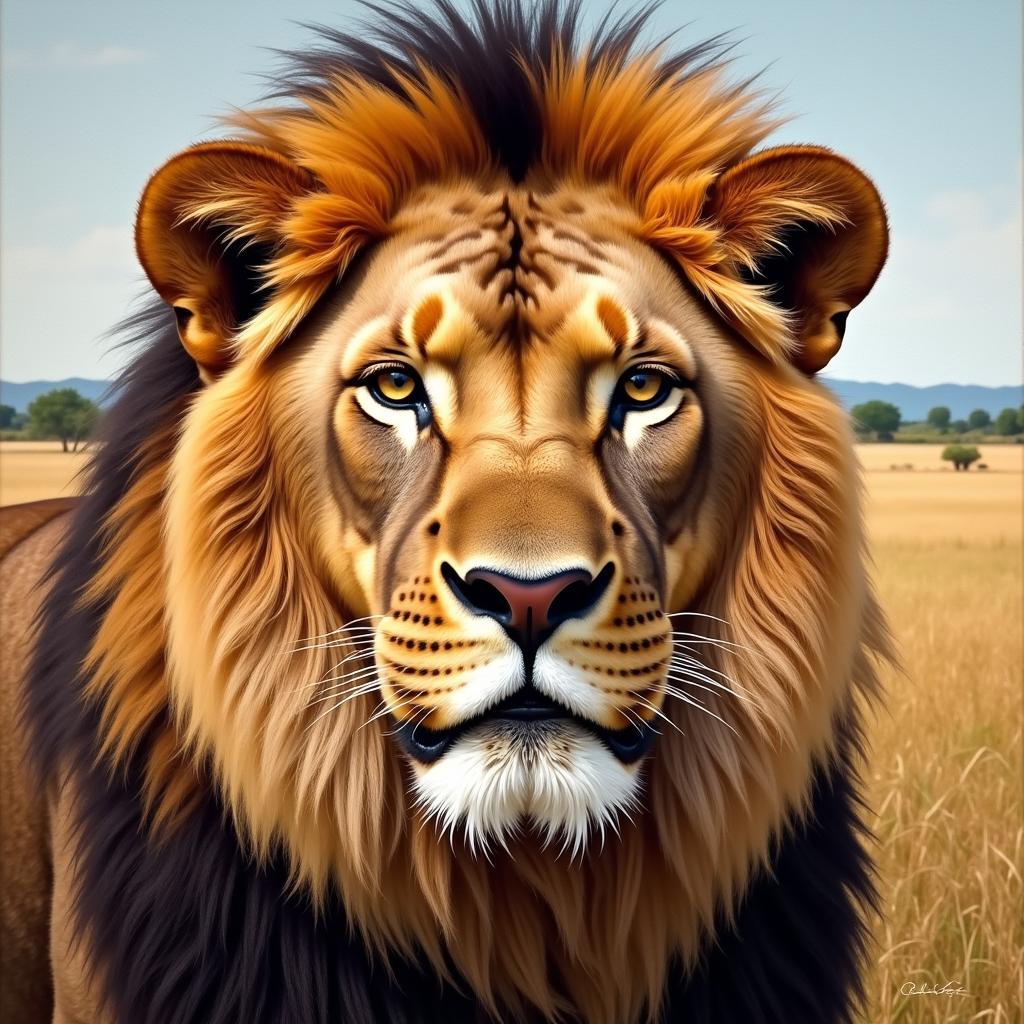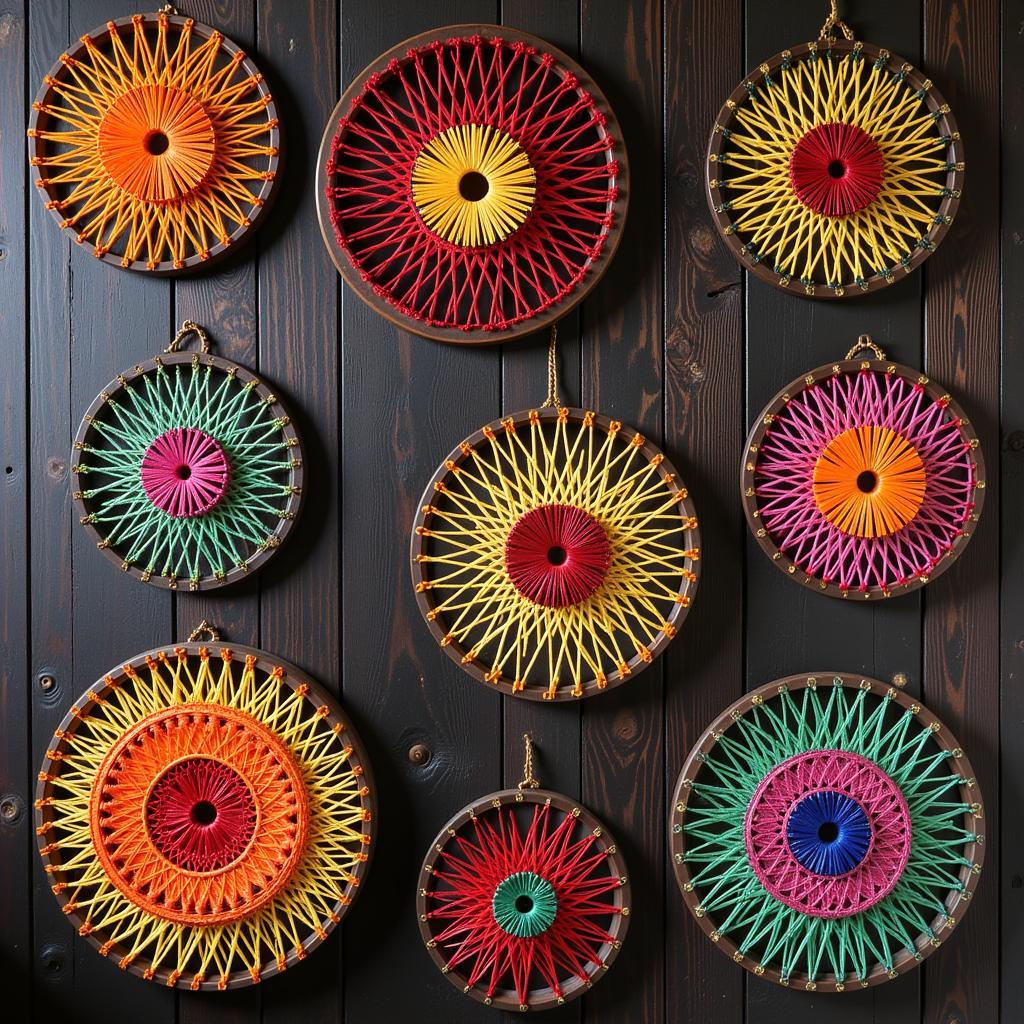Unleashing Your Inner Artist: Exploring the World of Animal Art
Animal Art has captivated humans for centuries, from ancient cave paintings to modern digital masterpieces. Whether you’re a seasoned artist or just starting your creative journey, the animal kingdom offers endless inspiration for breathtaking artwork. This article delves into the diverse world of animal art, exploring various techniques, styles, and the profound connection between humans and animals as expressed through art. You’ll discover how to bring your own animal art visions to life, capturing the beauty, power, and spirit of the creatures that share our planet. Let’s embark on this artistic safari together!
From majestic lions to delicate butterflies, animals have been a recurring theme in art throughout history. Animal art allows us to celebrate the natural world, express our admiration for these creatures, and explore the complex relationship between humans and animals. Check out some inspiring vintage animal art for ideas.
A Journey Through Time: The History of Animal Art
Early examples of animal art, such as the Paleolithic cave paintings in Lascaux, France, demonstrate the deep-rooted connection between humans and animals. These depictions served not only as artistic expressions but also as potential records of hunts, rituals, and observations of the natural world. As civilizations evolved, so too did the representation of animals in art. Ancient Egyptian art often featured stylized depictions of animals, imbued with symbolic meaning and linked to their deities. In the East, animals like tigers and cranes became prominent subjects in traditional Chinese and Japanese paintings, representing power, longevity, and good fortune.
Diverse Styles and Mediums in Animal Art
The beauty of animal art lies in its diverse range of styles and mediums. From realistic portrayals to abstract interpretations, artists have explored countless approaches to capturing the essence of the animal kingdom. Watercolors can evoke a sense of fluidity and delicacy, perfect for depicting the vibrant plumage of birds or the translucent wings of insects. Oil paints, with their rich textures and vibrant colors, can bring to life the powerful musculature of a wild horse or the intricate patterns of a reptile’s skin. Sculptures, whether carved from wood, stone, or cast in bronze, offer a three-dimensional perspective, capturing the dynamic movement and physical presence of animals.
 Realistic Animal Portrait in Oil Painting
Realistic Animal Portrait in Oil Painting
Digital art provides a new frontier for animal art enthusiasts, allowing artists to experiment with innovative techniques and create stunning visual effects.
Capturing the Essence: Techniques for Creating Animal Art
Whether you’re working with traditional or digital mediums, understanding animal anatomy and behavior is crucial for creating compelling artwork. Careful observation is key. Spend time studying animals in their natural environment, observing their movements, postures, and interactions. If you’re interested in woodland animal art, consider visiting a local forest preserve for inspiration. Practice sketching different animal forms to develop your understanding of their skeletal structure and muscle groups. Experiment with different techniques, such as layering and blending, to achieve realistic textures and create a sense of depth and dimension in your artwork.
Finding Your Inspiration: Resources for Animal Art Enthusiasts
If you’re looking for inspiration and guidance on your animal art journey, there are numerous resources available. Online tutorials, workshops, and art communities can provide valuable tips, techniques, and feedback. Consider exploring animal art nursery ideas for a charming and whimsical touch. Museums and galleries showcase a wealth of animal art from different eras and cultures, offering a glimpse into the rich history and diversity of this genre. Nature documentaries and photography books can provide a wealth of visual references and inspire you to capture the beauty and wonder of the animal world in your own artistic creations. Looking for some vibrant artwork? Check out colourful animal art.
Animal Art for Everyone: From Beginners to Professionals
Animal art is a creative pursuit that can be enjoyed by people of all ages and skill levels. For beginners, simple sketching exercises and guided tutorials can provide a foundation in basic techniques and build confidence. If you have preschoolers, consider exploring forest animal art activities for preschoolers. More experienced artists can explore more advanced techniques, such as portraiture, wildlife painting, and sculpture. The key is to find a medium and style that resonates with you and allows you to express your unique artistic vision.
Conclusion
Animal art offers a unique and rewarding way to connect with the natural world and express our admiration for the incredible diversity of life on Earth. Whether you’re a seasoned artist or just starting your creative journey, the animal kingdom offers endless inspiration for breathtaking artwork. So, pick up your brushes, pencils, or digital stylus and unleash your inner artist. Embrace the challenge of capturing the beauty, power, and spirit of animals in your own unique way, and contribute to the rich legacy of animal art. The world of animal art awaits your creative touch!
Remember to check out some inspiring woodland animal art for more ideas.
FAQ
-
What are some popular subjects in animal art? Animals of all shapes and sizes are popular subjects, from domestic pets like cats and dogs to wild creatures like lions, elephants, and birds.
-
What materials are commonly used in animal art? A wide range of materials can be used, including paints (watercolor, acrylic, oil), pencils, charcoal, pastels, clay, and digital tools.
-
How can I improve my animal art skills? Practice regularly, study animal anatomy, observe animals in their natural environment, and seek feedback from other artists.
-
Are there online resources for learning animal art? Yes, there are numerous online tutorials, workshops, and art communities dedicated to animal art.
-
Where can I find inspiration for animal art? Nature documentaries, photography books, museums, and galleries are all great sources of inspiration.
-
What are some tips for beginners in animal art? Start with simple sketching exercises, focus on basic shapes and proportions, and gradually work your way up to more complex techniques.
-
How can I sell my animal art? Online marketplaces, art fairs, and local galleries are potential avenues for selling your artwork.
Common Questions about animal art
- What software is best for creating digital animal art?
- How do I get started with animal sculpture?
- What are some tips for drawing realistic animal fur?
Other related content:
You might also be interested in articles on wildlife photography, nature illustration, and animal conservation.
For any assistance, please contact us at Phone Number: 02462573573, Email: danteum@gmail.com Or visit us at: Savico Megamall, 7-9 Đ. Nguyễn Văn Linh, Gia Thụy, Long Biên, Hà Nội 10000, Việt Nam. We have a 24/7 customer service team.
